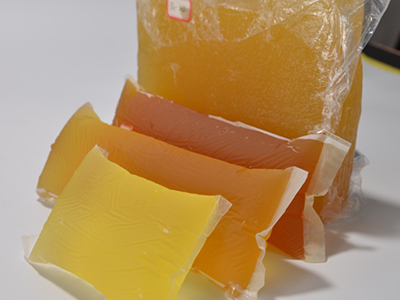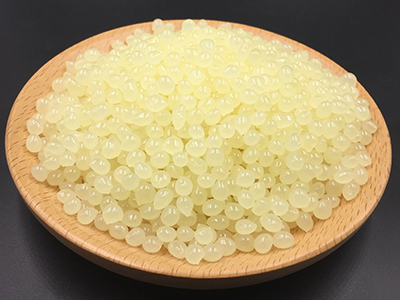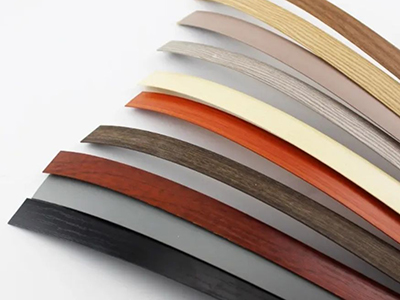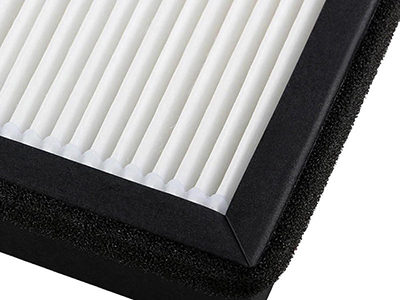Types and Properties of Woodworking Adhesives
Editor’s note: The following article is an excerpt from the book “The Wood Doctor’s Rx,” by Gene Wengert, Professor and Extension Specialist in Wood Processing, Department of Forestry, University of Wisconsin-Madison.
Adhesives have been used for over 3000 years. Many early civilizations – the Egyptians, the Greeks, and the Babylonians, for example – used them in their furniture. The adhesives in these earlier times were made with blood, bones, hides, vegetables, eggs, and milk; these contain protein – the chemical backbone of the adhesive. These adhesives are called natural adhesives.
With the need for better adhesives, and the surge of special needs and chemical advances in World War II, a second category of adhesives has developed using synthetic resin adhesives – called “synthetic” because they are generated chemically.
In this Chapter, we will examine all these adhesives, both natural and synthetic, that can be used for furniture manufacturing. A key point to remember is that all adhesives can, when used correctly, make a joint that will be stronger than the wood itself. In other words, the best adhesive is not necessarily the most expensive; therefore, in choosing adhesives, its cost and its ease of application are often key factors.
Other considerations must involve the glue’s important adhesive properties. These are described as follows:
– Moisture durability. Resistance to loss of strength with exposure to high humidity or liquid water.
– Heat temperature sensitivity. Resistance to loss of strength above normal room temperature.
– Flexibility. Ability of the glue to flow or “give” after curing. Note: Most furniture is designed so the joint carries the load; the glue just holds the joint together. However, a laminated beam would need a low flexibility adhesive as the adhesives carry the load.
– Color. The color of the cured glue line.
– Staining. A color change in the wood due to interaction of glue and wood.
For easy comparison, these properties are examined in Table 40-1. This summary is a generalization and many manufacturers offer special formulations with special properties.
Natural Adhesives
Animal Glues
These adhesives (often called “hot glue”) are made from hides, bones, and other parts of cattle. These are applied hot to the pieces to be glued and, as the adhesives cool and lose their moisture, they become quite hard. The glue is supplied in flakes, which are soaked in water and then heated with additional water in the old-time glue pot. In addition, the wood must also be warm: cold wood can cool the adhesive too rapidly to permit a strong joint. The major drawback to these adhesives is their low moisture resistance. In the presence of moisture, the strength of the joint deteriorates.
Starch (vegetable) Glues
Made from cassava starch in water, these adhesives can be applied hot or cold. They cure by loss of moisture. Prepared from powder mixed with water, they are usually very thick. Their chief advantage is the very slow curing rate although there is plenty of assembly time. Disadvantages include slight staining of the wood and poor moisture resistance.
Casein
A popular adhesive, casein is formulated from protein (curds) obtained from milk. It is usually supplied in powder form and mixed with water. It cures by evaporation of the water, so temperature is important. Its low cost, ease of use, good gap-filling properties, and moderate moisture resistance contribute to its popularity. Disadvantages include the tendency to stain wood, short working life, and dulling effects on knives when glued pieces are machined. Also, high density species often glue less well. However, recent improved formulations are available that can eliminate these disadvantages.
Other Naturals: Soybean and Blood
These adhesives are similar to vegetable and casein and are used primarily for veneer gluing. Blood glues are quite moisture resistant due to natural phenolics.
Synthetic Adhesives
These adhesives are of two basic chemical types: 1) thermosetting, which require heat to cure, and thermoplastic, which undergo irreversible chemical curing reactions to produce the glue joint; and 2) those that do not chemically cure and, therefore, may soften with heat. The thermosetting adhesives often contain formaldehyde as a major ingredient (but the name may not include the word “formaldehyde”). Most thermosetting adhesives have catalysts added to control the speed of the curing reaction. Fillers can be added to control glue properties – for example, to make the adhesive thicker. Extenders can be added to reduce the amount of glue used (and therefore costs). Two other subgroups are emulsion, which is dispersed through a water system, and elastomeric, which remains elastic.
Thermosetting Adhesives
Urea, urea-formaldehyde. – This is one of the most popular woodworking adhesives, as it will provide moderate moisture resistance, colorless gluelines, and a wide variety of properties through multiple formations. Its chief disadvantage is that it is not a good gap filler, In gaps, it will crystallize and crumble in time, so the joints must fit well. Although often cured in minutes at high temperature, it can be formulated to cure at room temperature.
Phenol. – This dark red adhesive is usually cured above 250 degrees F and provides the most moisture-durable joint. Although expensive, it contains no moisture, and can be provided in a thin, dry film for gluing thin, fragile veneers.
Resorcinol and phenol-resorcinol. – The resorcinol adhesives are similar to the phenols, but cure at low temperatures. As they are expensive, a formulation of phenol-resorcinol provides a lower cost adhesive that still has exceptional and desirable properties. They are used in exterior exposure conditions, including boat building.
Melamine. – These adhesives, providing intermediate cost and performance between urea and phenols, are seldom used alone, but rather are combined with urea adhesives to increase urea’s moisture durability. Melamine-urea is suitable for radio-frequency curing.
Epoxy, cyanoacrylate. – These adhesives are usually too expensive for production woodworking – other adhesives (above) will provide the same performance.
Thermoplastic Hot Melts
These popular adhesives, using polyamides and polyesters (polyethylene and polypropylene, for example), cure by cooling, so care must be taken to assure that the joint is assembled before the glue cools. The fast cure rate, but easy handling, is their main advantage. They can be used to tack a joint together before the main adhesive has cured.
Thermoplastic Emulsion (PVA)
These adhesives come ready to use and set to a colorless glue line at room temperature by losing water. PVA (polyvinyl-acetate) is often called “white glue.” Elmer’s is one brand. The aliphatic resin glues (Titebond brand, for example) are yellowish, but still PVA. They have a high degree of tack (instant stickiness) with a wide range of application temperatures. These are suitable adhesives for furniture manufacturing and the home workshop alike.
Professor Gene Wengert is Extension Specialist in Wood Processing at the Department of Forestry, University of Wisconsin-Madison





